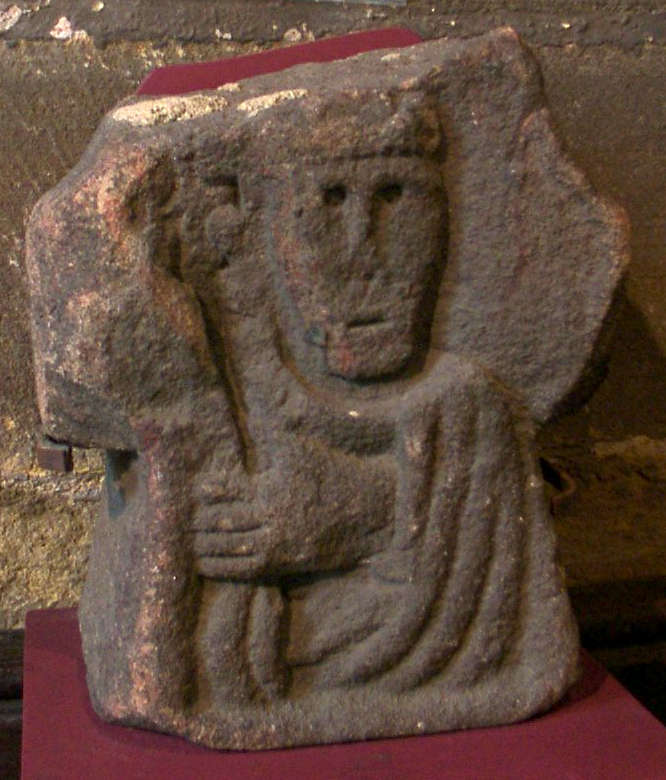
Early History
Archaeological evidence suggests that Crofton has been inhabited since at least Roman times. The earliest written reference to the village appears in the Domesday Book, compiled in 1086.

Crofton developed as a rural community throughout the Middle Ages. Notable historic buildings include a grammar school dating back to 1373, and several large manor houses constructed around 1750. Sadly, Crofton Hall was demolished in the 1980s to make way for a housing development. However, Crofton Old Hall still remains and is now part of the Crofton Academy site.
Modern Era
Crofton lies within a former coal mining region, and much of its growth during the 19th and 20th centuries can be attributed to its proximity to the Nostell and Walton collieries — both within walking distance of the village centre.
The village also has strong historical links to the railway. The current sports field, known as Hare Park Sidings takes its name from the railway sidings that once operated there, which were used to transport coal from the local pits.
In more recent decades, Crofton has evolved into a thriving commuter village. With excellent local services, close proximity to Wakefield, and easy access to Leeds and other major cities, the village has seen consistent residential development — with new housing built in every decade since the 1950s.
Further Information
The following sites have more information about the history of Crofton. Links open in a new tab.



